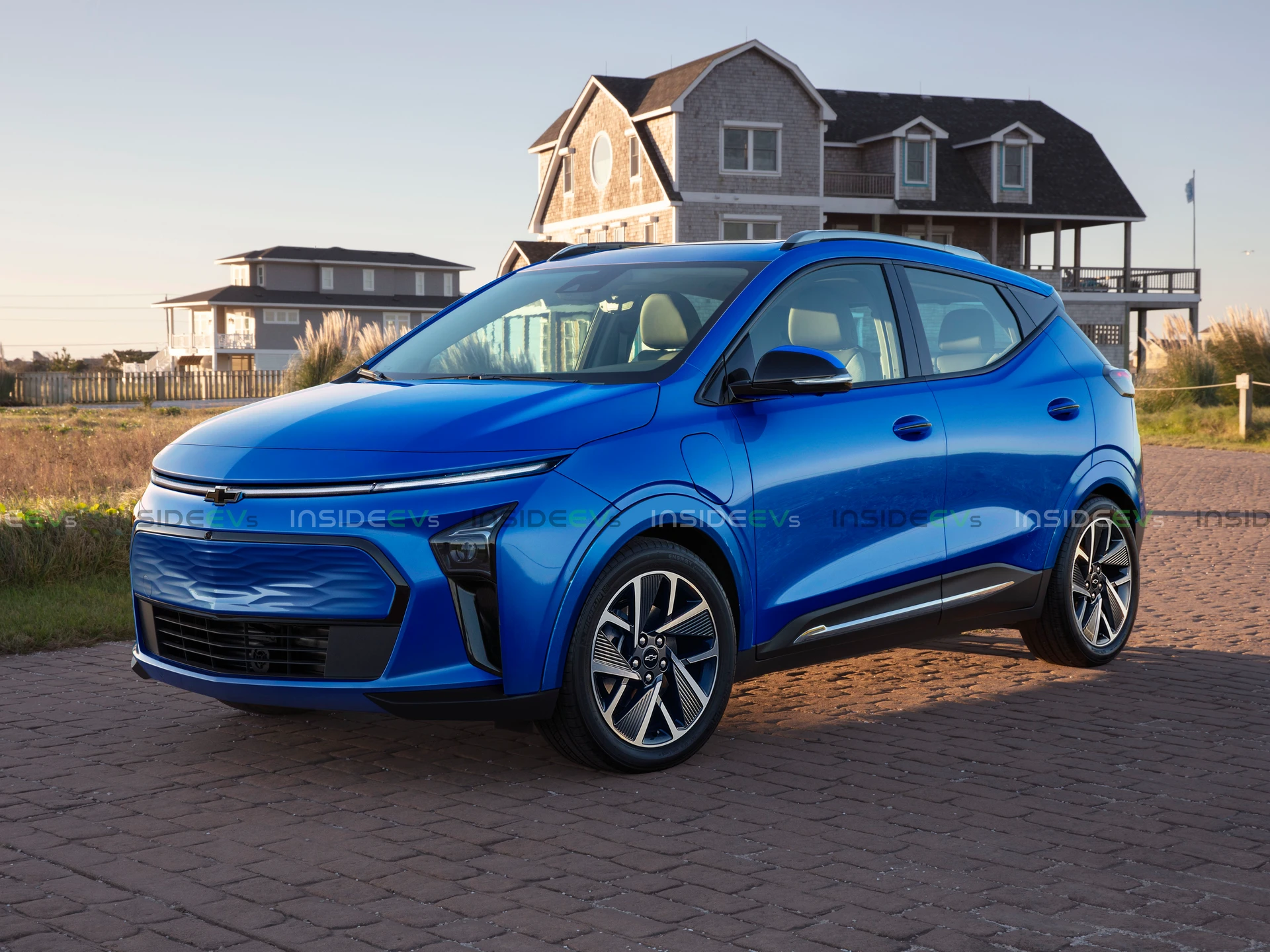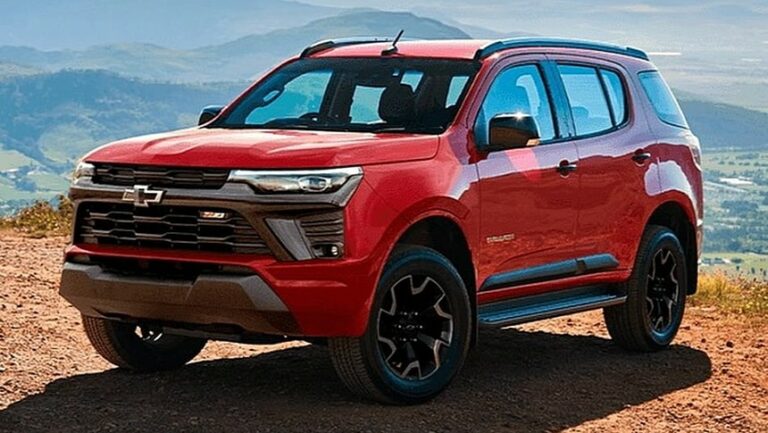2026 Chevy Bolt Ev Price
Comparison to Competitors
The 2026 Chevy Bolt EV faces competition from several other electric vehicles in the market. These competitors offer a range of features and capabilities that may appeal to different buyers. To help you make an informed decision, let’s compare the Bolt EV to some of its key rivals.
Key Competitors
Some of the main competitors of the 2026 Chevy Bolt EV include:
- Tesla Model 3
- Nissan Leaf
- Hyundai Kona Electric
- Kia Niro EV
Comparison Table
The following table compares the key specifications of the 2026 Chevy Bolt EV with those of its competitors:
| Feature | Chevy Bolt EV | Tesla Model 3 | Nissan Leaf | Hyundai Kona Electric | Kia Niro EV |
|---|---|---|---|---|---|
| Price | $25,600 | $46,990 | $27,400 | $34,000 | $40,750 |
| Range (EPA estimated) | 259 miles | 353 miles | 212 miles | 258 miles | 239 miles |
| Battery Capacity | 65 kWh | 82 kWh | 40 kWh | 64 kWh | 64.8 kWh |
| Horsepower | 200 hp | 351 hp | 147 hp | 201 hp | 201 hp |
| Torque | 266 lb-ft | 348 lb-ft | 236 lb-ft | 291 lb-ft | 291 lb-ft |
| Charging Time (Level 2, 240V) | 7 hours | 10 hours | 6 hours | 9 hours | 9 hours |
As you can see, the 2026 Chevy Bolt EV offers a competitive price point and range compared to its competitors. However, it falls short in terms of horsepower and torque, particularly when compared to the Tesla Model 3. Ultimately, the best choice for you will depend on your individual needs and preferences.
Incentives and Rebates

The 2026 Chevy Bolt EV is eligible for various incentives and rebates to encourage its adoption. These incentives can significantly reduce the upfront cost of the vehicle.
Federal Incentives
The federal government offers a tax credit of up to $7,500 for the purchase of new electric vehicles, including the Bolt EV. To be eligible for this credit, you must meet the following requirements:
- Your taxable income must be below certain limits.
- The vehicle must be purchased new and meet specific fuel efficiency standards.
- You must file Form 8936 with your tax return to claim the credit.
State Incentives
Many states also offer incentives for electric vehicles. These incentives vary by state and may include tax rebates, purchase rebates, or other incentives. To find out what incentives are available in your state, you can visit the Database of State Incentives for Renewables & Efficiency (DSIRE) website.
Historical Price Trends
The Chevy Bolt EV has undergone price fluctuations over the years, influenced by factors such as technological advancements, market demand, and government incentives.
Price Fluctuations over Time
[Image of a graph or chart showing the historical price trends of the Chevy Bolt EV]
The graph above illustrates the historical price trends of the Chevy Bolt EV. As observed, the price has experienced both increases and decreases over time. These fluctuations can be attributed to various factors, including:
- Technological advancements: As technology improves, the cost of production decreases, leading to lower prices for consumers.
- Market demand: When demand for the Bolt EV is high, manufacturers may increase prices to capitalize on the popularity.
- Government incentives: Government incentives, such as tax credits, can significantly reduce the purchase price of electric vehicles, including the Bolt EV.
Market Outlook

The market demand for electric vehicles (EVs) is on the rise, driven by factors such as increasing environmental awareness, government incentives, and technological advancements. This trend is expected to continue in the coming years, with the global EV market projected to grow significantly by 2026.
The 2026 Chevy Bolt EV is well-positioned to capitalize on this growing demand. It offers a compelling combination of affordability, practicality, and performance, making it an attractive option for consumers looking to make the switch to an EV.
Factors Affecting Bolt EV Price
Several factors could affect the price of the Bolt EV in the future, including:
- Government incentives: Government incentives, such as tax credits and rebates, can significantly reduce the cost of purchasing an EV. The availability and amount of these incentives can vary over time, potentially impacting the price of the Bolt EV.
- Competition: The competitive landscape for EVs is becoming increasingly crowded, with new models being introduced regularly. The pricing of competing models can influence the price of the Bolt EV.
- Technological advancements: Advancements in battery technology and other EV components can lead to cost reductions over time. These advancements could potentially make the Bolt EV more affordable in the future.
Answers to Common Questions
What are the trim levels and prices of the 2026 Chevy Bolt EV?
The 2026 Chevy Bolt EV is expected to be available in three trim levels: LT, Premier, and EUV. Pricing has not yet been officially announced, but it is anticipated to start around $26,000 for the base LT trim.
How does the 2026 Chevy Bolt EV compare to its competitors?
The 2026 Chevy Bolt EV competes with other affordable electric vehicles such as the Nissan Leaf, Hyundai Kona Electric, and Volkswagen ID.4. It offers a competitive range, spacious interior, and advanced technology features.
What incentives and rebates are available for the 2026 Chevy Bolt EV?
Depending on your location, you may be eligible for federal and state incentives and rebates for purchasing the 2026 Chevy Bolt EV. These incentives can significantly reduce the cost of the vehicle.
How has the price of the Chevy Bolt EV changed over time?
The price of the Chevy Bolt EV has remained relatively stable over the past few years. However, with the release of the 2026 model, we may see some adjustments to the pricing.
What is the market outlook for the 2026 Chevy Bolt EV?
The market outlook for the 2026 Chevy Bolt EV is positive. The demand for electric vehicles is growing, and the Bolt EV is well-positioned to meet this demand with its affordability, efficiency, and practicality.




